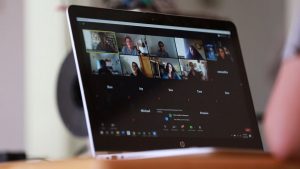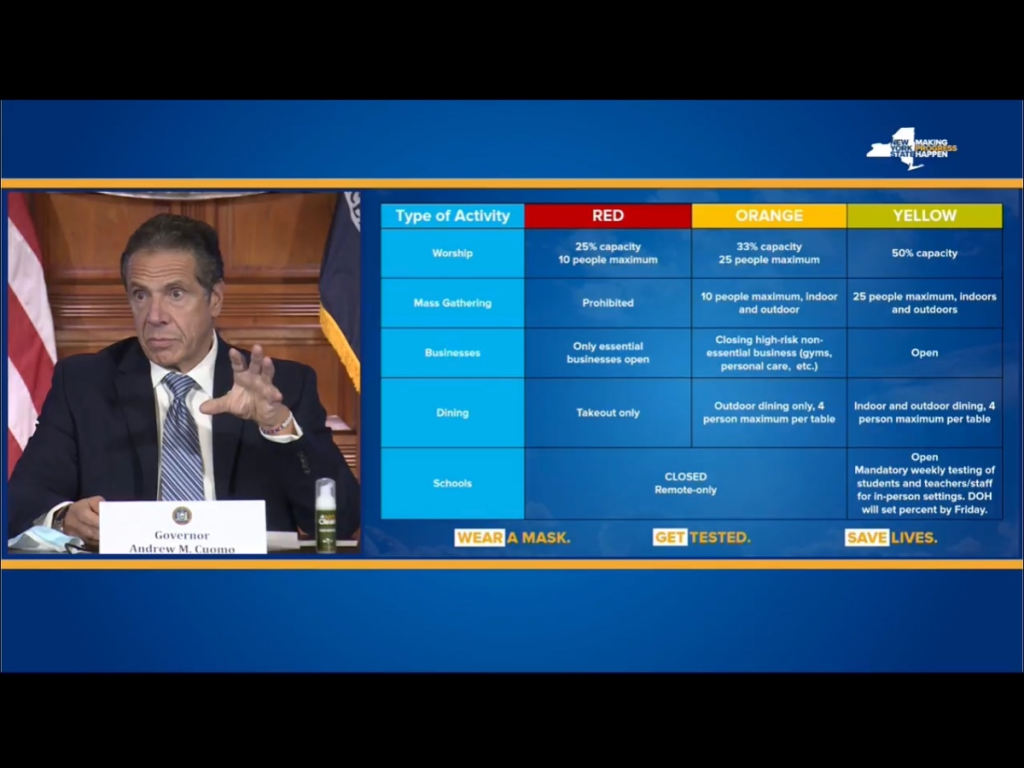By Larry Schweikart
It is way too soon to tell if I was right in my original Back to School predictions about the decline in student voters this cycle. Virtually all of the data—outside of Florida, which ran a tight ship—is hopelessly corrupted by Democrat fraud. In Florida, it does appear that the 18-24 year-old group saw a drop-off from the 2018 and even 2016 numbers. But basing much on an election where Joe Biden miraculously got 80 million “votes” puts even some of Florida’s numbers in question.
I seem to have been on much stronger ground with my follow-up, Back to School Part II: The Perpetually Closed Schools. Since July, numerous school districts across the nation have opened, closed, reopened with protocols, closed again, and wandered aimlessly in a netherworld between open and closed. One fact seems clear: The teachers unions see the China Virus as a way to get paid for doing far less, if any, work. In Houston, the Federation of Teachers urges a return to virtual learning. Houston is merely the 7th largest public school system in the United States, and the Harris County Judge, Lina Hidalgo, agreed with the union, saying, “The reality is we have to go back to virtual.”
How, exactly, is virtual learning working? Not at all. In Houston, the percentage of middle- and high-school students failing two classes was over 40 percent, and almost all students had failed one. This led Texas Education Commissioner Mike Morath to require the failing students to return to classroom instruction. Marion County, Indiana, ordered all public and private schools to close and return to virtual learning starting Nov. 30. New York City, of course—the poster child for failure, ineptness and stupidity—has implemented a mosaic of policies, closed all schools, and returned to remote learning in mid-November.
Governors love them some lockdowns, too. In Kentucky, Governor Andy Beshear (D) was the first governor to force a statewide school closure before Thanksgiving. Michigan’s Lockdown-Lucy Gretchen Whitmer gleefully shut down what she apparently thinks are the 21st Century’s version of the twin relics of barbarism—bars and colleges—for another three weeks.
Other than a learning disaster for most students, a few have managed to thrive in the internet world, mostly those who attended private schools. For example, at the Saklan School in Moraga, California, the Centner Academy (a private school in Miami) and a few others have seen success. But then again, they already began with mostly high-powered self-motivated students. Overall, however, as Miami’s Superintendent of Schools, Albert Carvalho, admitted, “We are bracing ourselves for an unprecedented, historic academic regression . . . by our most fragile population of students.”
 The Wall Street Journal reported that “only 27 percent of districts required teachers to record whether students participate in remote classes, while remote attendance has been abysmal. During the first two weeks of the shutdown, some 15,000 Los Angeles students failed to show up for classes or do any schoolwork."
The Wall Street Journal reported that “only 27 percent of districts required teachers to record whether students participate in remote classes, while remote attendance has been abysmal. During the first two weeks of the shutdown, some 15,000 Los Angeles students failed to show up for classes or do any schoolwork."
Philadelphia schools had daily attendance down nearly 40 percent, and less than 60 percent of school districts did any monitoring at all! The Center for Reinventing Public Education (CRPE), the organization that conducted the study referenced by the Journal, asked in a research paper on Oct. 30, “Can Public Education Return to Normal after the COVID-19 Pandemic?” to which the authors answered, “We think a return to the pre-coronavirus status quo will prove impossible.” This is an astounding statement given that public schools stayed open during World War II and the Spanish Flu outbreak in 1919.
But the authors note that there are “serious barriers” to returning to normal. While slightly more than 80 percent of parents say they would return their kids to the classroom, and though states have held districts legally harmless from liabilities, the classroom system before the China Virus was a “product of years of small deals, governing everything from curriculum textbook contents to district budgets to the choice of holidays.” Large numbers of parents, however, have turned to homeschooling or other variations (“pods”) outside state control. And this bothers the lockdown tyrants very, very much. The authors predict the “coronavirus-based disruptions to schools could continue until at least 2024. (Shocked! Shocked, I tell ya. Another election year.) One could almost say that the China Virus will exist until the “gubment” stops giving money for being locked down. Districts are already forecasting declining enrollment with its falling federal dollars. Many families fleeing public education will never return.
 Home or distance, learning requires intense student dedication—far more than in the classroom where an instructor can bring a student’s attention back to the subject. (After all, that is in large part what a teacher’s job is.) The CRPE argues, there might be alternatives that include “expanding access to their most effective teachers via remote learning, building new learning communities [and serving] small groups of students in person, and expanding access to services like tutoring, mentoring, counseling and enrichment.” Three hurdles immediately come to mind. First, any kind of “access to . . . most effective teachers” means by definition there are a lot of ineffective teachers who would be sidelined or released altogether, while the most effective teachers should and would demand higher pay. This, of course, is Public Enemy No.1 for unions. Second, decentralizing and pushing education down undercuts the powers of administrators. Finally, none of this actually deals with the China Virus itself, which has almost become like the Lord Jesus (“Wherever two or three are gathered in My name, there I am also”). What the CRPE is describing is almost like private schools or home schools.
Home or distance, learning requires intense student dedication—far more than in the classroom where an instructor can bring a student’s attention back to the subject. (After all, that is in large part what a teacher’s job is.) The CRPE argues, there might be alternatives that include “expanding access to their most effective teachers via remote learning, building new learning communities [and serving] small groups of students in person, and expanding access to services like tutoring, mentoring, counseling and enrichment.” Three hurdles immediately come to mind. First, any kind of “access to . . . most effective teachers” means by definition there are a lot of ineffective teachers who would be sidelined or released altogether, while the most effective teachers should and would demand higher pay. This, of course, is Public Enemy No.1 for unions. Second, decentralizing and pushing education down undercuts the powers of administrators. Finally, none of this actually deals with the China Virus itself, which has almost become like the Lord Jesus (“Wherever two or three are gathered in My name, there I am also”). What the CRPE is describing is almost like private schools or home schools.
Larry Schweikart is the co-author with Michael Allen of the New York Times No. 1 bestseller, A Patriot’s History of the United States; author of Reagan: The American President, and founder of the Wild World of History, an online history curriculum with complete U.S. and World curricula for grades 9-12 that includes teacher’s guide, student workbooks, maps/graphs/charts, tests and answer keys, and video lessons for all units.



